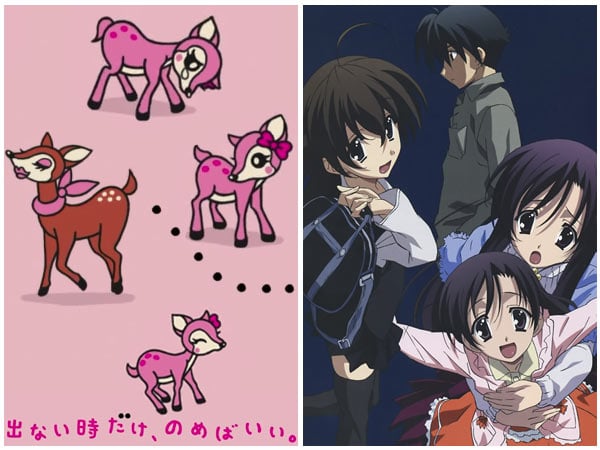Have you ever wondered what all those suffixes added to the ends of Japanese names mean? They can be quite interesting, so I’ll go through them for you here. First, -san is the basic name suffix that everyone is familiar with, and it indicates formality, like adding Mr. or Mrs. to a name in English. Used with the last name usually (e.g. Fujita-san), it can also be added to the first name (Tomo-san) to indicate some politeness while also showing a measure of familiarity. In business settings, companies are referred to collectively with –san, too, e.g. J-List-san. Two other common name suffixes, -chan and -kun, are used when talking to girls and boys who are younger than the speaker (e.g. Hanako-chan and Taro-kun), or when you’re close to the individual. Note that males adding -chan to a girl’s name in some situations can be seen as sexist and rude. In Japanese companies or in school settings, there are strict differences between upperclassmen/superiors (senpai) and underclassmen/juniors (kohai), and I can generally tell the relative ages of members of a group by listening to who is more polite to whom. Some other name prefixes that are used often include -sensei (an honorary suffix for teachers, doctors, politicians and — really — certified public accountants); –senshu (athletes, e.g. Ishikawa-senshu when referring to golfer Ryo Ishikawa); and -anaunsah (announcer), a name suffix for newscasters.
The way name suffixes are used in Japan is incredibly complex.
















